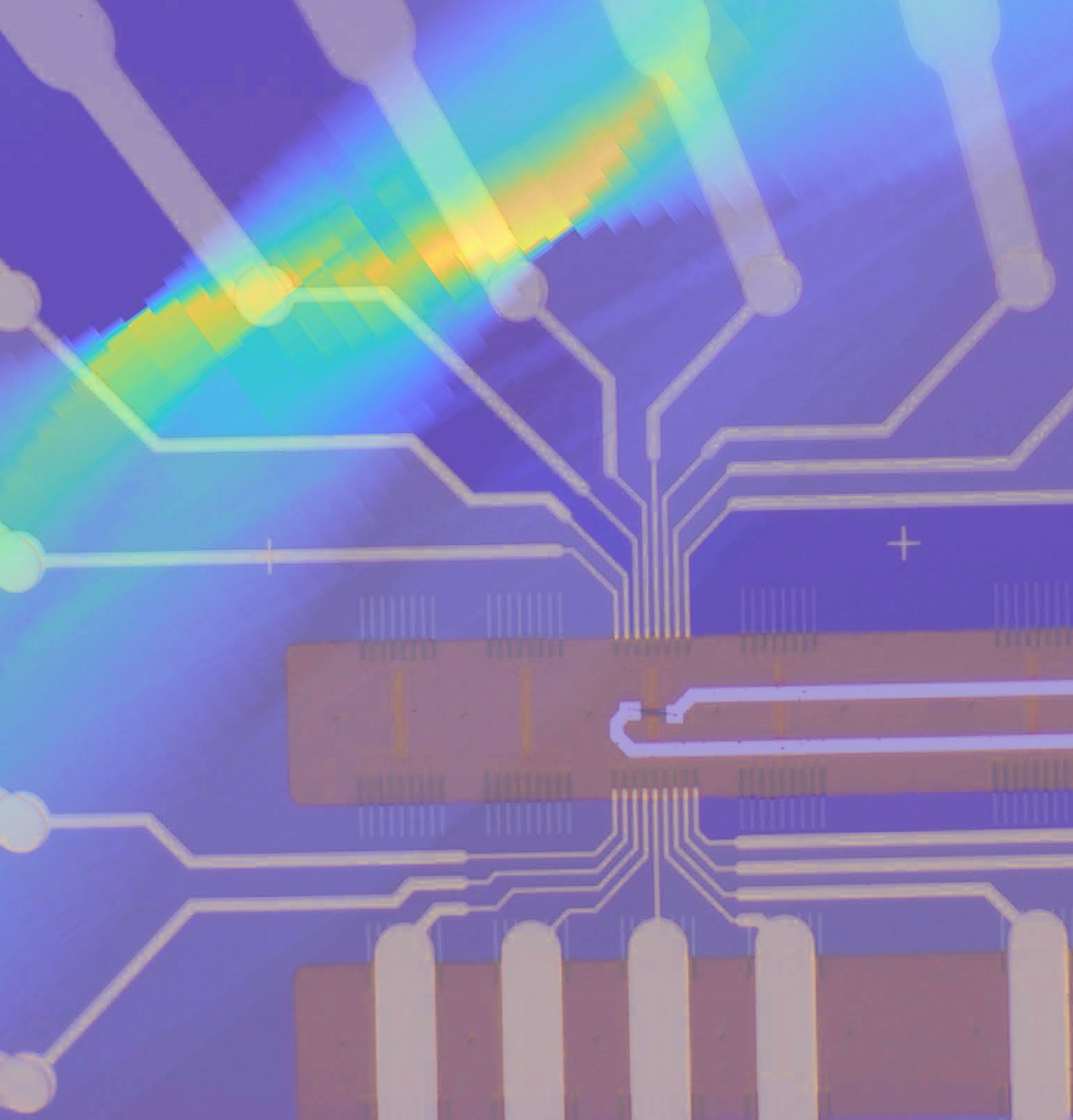“Turing mechanisms under pressure”: Mesenchymal condensations could be involved in digit patterning of mice.
Resumé
In recent years, some attention has been directed towards the possibility that mechanical forces could play a role in creating the expression patterns observed in vertebrate body parts. By compressing regions of cultured embryonic mesenchymal stem cells from mouse autopods, this study provides a novel way of testing effects of mechanochemical stimulation of the Turing mechanism responsible for digit patterning in mice. The study found important features to be included in these compression systems for mesenchymal cells: Com- pressing a small area of the culture, using transparent pistons, and maintaining a stable environment from vibrations and disturbances. The results suggest that mechanical forces upregulates Sox9 in the boundary between compressed and uncompressed regions, but doesn’t seem to change the compressed pattern in comparison to uncompressed cells. However incomplete, these results suggest that both chemical and mechanochemical regulation of Sox9 might be involved in patterning the digits in mice.




